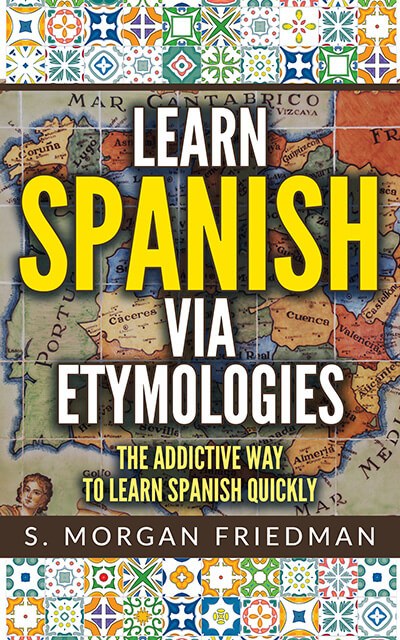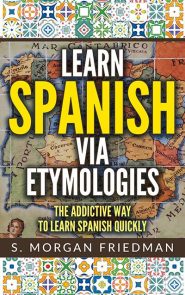The common Spanish word gustar (to like — actually, literally, “to be pleasing to”) sounds completely different from the English “like” and “pleasing.” But it is closer to the English than it seems.
It comes from the same gustare, meaning, “to taste.” Interestingly, as the Latin turned into Spanish, the word became more euphemistic: to “taste” turned into to “like”, which is much better.
From the same Latin root, we also get some similar English words:
- Disgust — The Latin dis- means to dislike (dis-like!), so disgust is literally the opposite of gustar: to not gustar!
- Gusto — To do something with gusto is to do it with enthusiasm. And enthusiasm is just a manifestation of liking or being pleasing — you only do something with gusto if you really like it!

